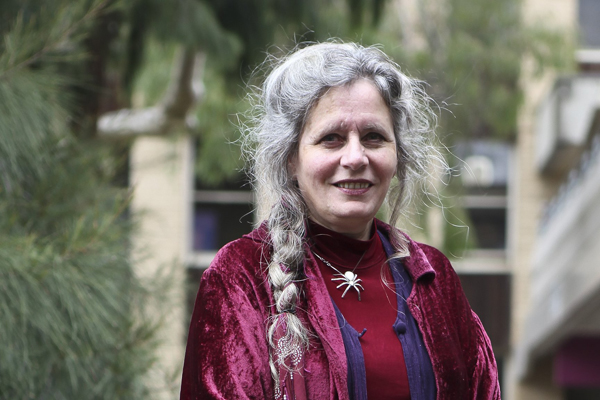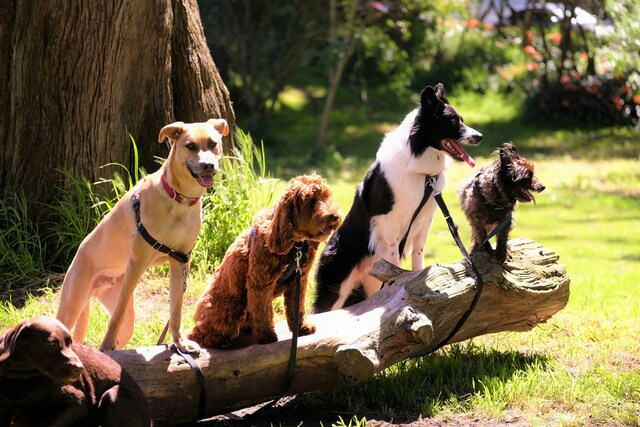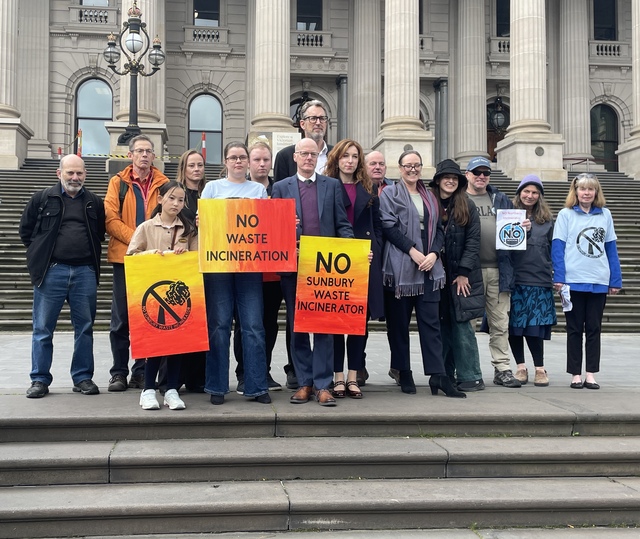Lynne Kelly, author and PhD English candidate at La Trobe University, believes she has found the secret to Stonehenge.
I AM a science writer, the author of 14 books and have taught science and information technology for more than 30 years.
I was going to write my next book on the way oral cultures, pre-writing, memorised accurate details on hundreds, if not thousands, of animals and plants. This is amazing, I struggle with just a few!
But then, unexpectedly, this topic led me to stumble over the solution to one of the world’s greatest mysteries. That mystery is: why did the Neolithic people spend more than 30 million hours building and constantly changing the massive monument of Stonehenge 5000 years ago? The key to the puzzle is that Stonehenge was built by people who had no contact with writing. If people are going to survive without writing, they need to accurately memorise things such as animal behaviour, plant properties, navigation, genealogies, astronomy. They need other methods to keep a calendar, resource rights and information about their legal system.
I studied the amazing range of memory aids used by oral cultures all over the world, from hand-held objects to the landscape itself, and that’s when I realised Stonehenge was perfectly designed as a sort of memory theatre. It uses exactly the same techniques used by ancient Greek orators and our current world memory champions.
The most useful thing I’ve learned from my forays into history is that when we look at ancient people, or contemporary traditional cultures, we greatly underestimate their intellect.







